BLOG
What is RxJS?
Imagine being able to effortlessly handle streams of data—whether it’s user inputs, API responses, or real-time events—in a way that’s clean, powerful, and easy to manage. That’s exactly what RxJS offers. At its core, RxJS lets you create observables, which are like dynamic data streams you can subscribe to. These streams emit data over time, and RxJS provides a rich toolbox of operators to transform, filter, combine, and manipulate these streams in almost any way you can imagine. If you want to take your JavaScript skills to the next level, RxJS is an essential library to master.
Key RxJS Operators
Let’s explore some commonly used RxJS operators and how they work.
1. map
The map operator transforms each value emitted by an observable by applying a function to it.
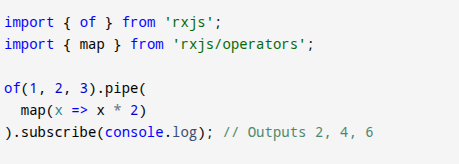
Use case: Transform data before passing it along the stream.
2. filter
filter allows you to emit only those values from an observable that pass a condition.
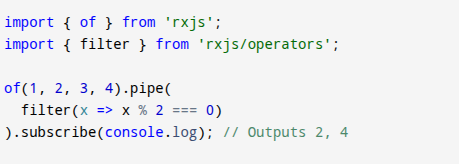
Use case: Ignore unwanted data and only work with relevant items.
3. tap
tap allows you to perform side effects for notifications from the source observable without altering the notification itself.
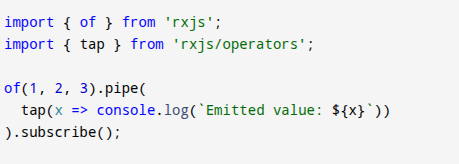
Use case: Useful for logging, debugging, or triggering actions without affecting the data stream.
4. mergeMap
mergeMap projects each value to an observable and merges the resulting observables into one.
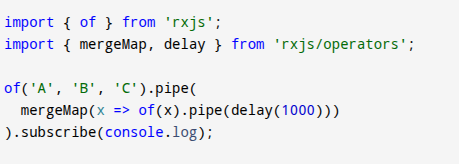
Use case: Handling multiple async operations simultaneously, like HTTP requests.
5. switchMap
switchMap maps each value to an observable but cancels the previous observable if a new value comes in. This is perfect for scenarios like autocomplete or live search where you only want the latest result.
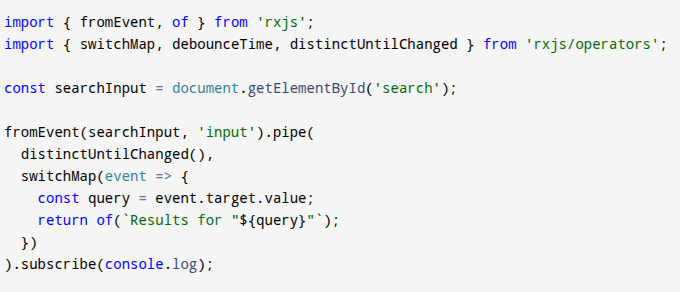
Use case: Ideal for cancelling previous async requests when new data arrives, such as live search queries.
Why Use RxJS?
RxJS makes it easier to manage asynchronous data, avoid callback hell, and create more readable and maintainable code. Its rich set of operators means you can create complex data pipelines with minimal effort.
Conclusion
RxJS unlocks a whole new way of thinking about asynchronous programming. By mastering operators like map, filter, debounceTime, and mergeMap, you’ll not only simplify complex tasks but also write code that’s more readable, efficient, and fun to work with. Dive in, experiment with these operators, and watch how reactive programming can transform your JavaScript projects into smoother, more responsive applications.
The possibilities are endless—why not start today? ✨🚀